10F, Building B, Erqi Center, Erqi District,
Zhengzhou City,
Henan Province, China
Wit:+86 15138685087
(WhatsApp/Wechat)

10F, Building B, Erqi Center, Erqi District,
Zhengzhou City,
Henan Province, China
Wit:+86 15138685087
(WhatsApp/Wechat)
Stainless steel is stainless steel with stainless steel and corrosion resistance as the main characteristics, and the chromium content is at least 10.5%, and the carbon content is not more than 1.2%.
Stainless steel is the abbreviation of stainless acid-resistant steel, resistant to air, steam, water, and other weak corrosive media or stainless steel; The steel that is resistant to chemical corrosive media is called acid-resistant steel. Due to the difference in the chemical composition of the two, their corrosion resistance is different, ordinary stainless steel is generally not resistant to chemical medium corrosion, and acid-resistant steel is generally stainless.
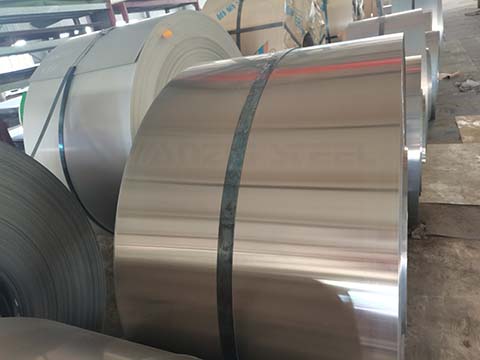
Stainless Steel Coil
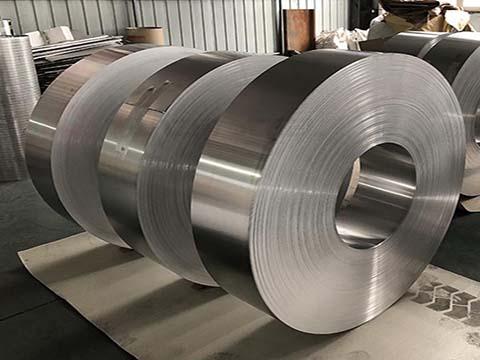
Stainless Steel Strip
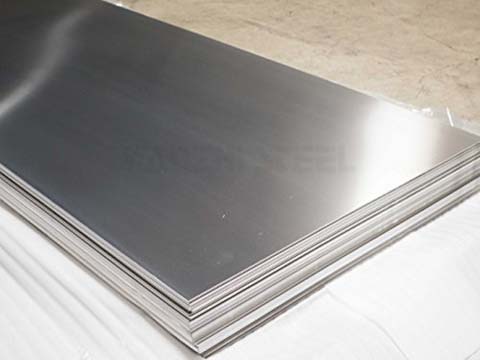
Stainless Steel Sheet
Stainless steel features “corrosion resistance, heat resistance, and hygiene” as its core properties, balancing processing flexibility with environmental friendliness.
Chromium forms a dense oxide film, effectively protecting against atmospheric, aqueous, acidic, and alkali corrosion. Some grades (316L containing molybdenum) offer enhanced resistance to pitting and crevice corrosion, making them suitable for harsh environments such as chemical and marine environments.
Alloying elements (nickel and molybdenum) and heat treatment enhance strength while maintaining ductility. Some grades withstand temperatures up to 1100°C and remain tough at low temperatures (-196°C), making them suitable for use in extreme temperature environments.
The smooth, non-toxic surface of 304 and 316 meets food-grade standards and is widely used in tableware and medical equipment. It is highly stain-resistant, easy to clean, and offers low long-term cost-effectiveness, making it suitable for outdoor use and locations with high hygiene requirements.
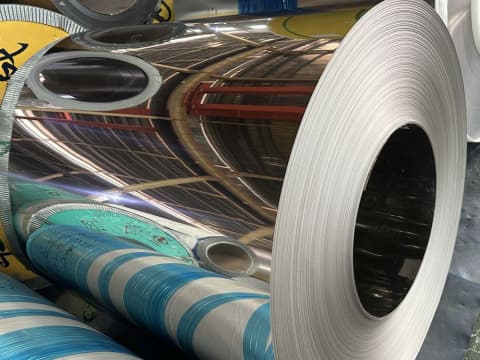
304 gold Stainless Steel Coil
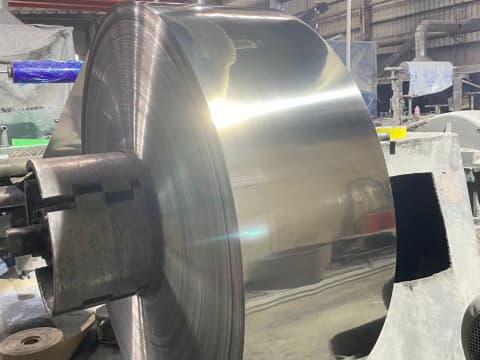
316 Stainless steel strip polished
Can be formed through forging, welding, stamping, and wire drawing processes, supporting complex structural designs. 304 austenitic stainless steel is non-magnetic, making it suitable for electromagnetically sensitive environments.
Corrosion resistance significantly extends service life, reducing replacement frequency. 100% recyclable without sacrificing performance.
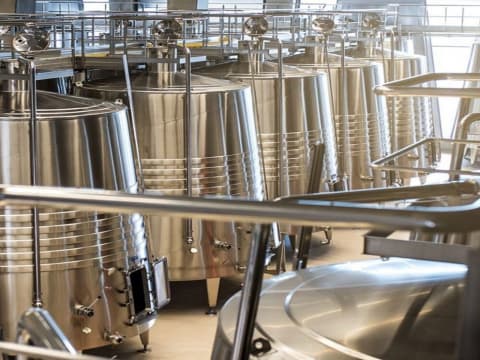
Recycling
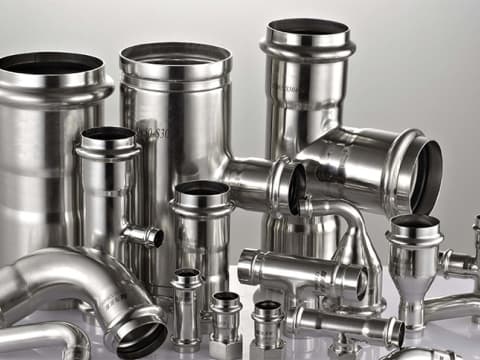
ss-304-pipe-fitting
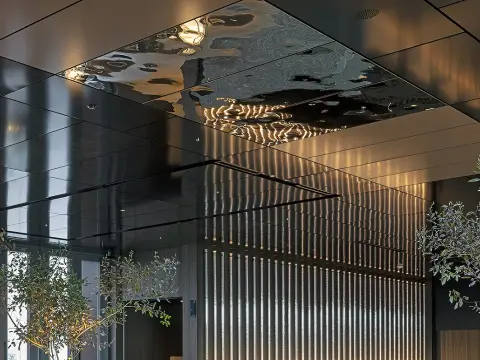
Residential Lobby Roof

Stainless Steel Usage
1. According to the structure of the steel classification, such as martensitic stainless steel, ferritic stainless steel, austenitic stainless steel, and duplex stainless steel.
2. According to the main chemical composition of steel or some characteristic elements in steel to classify, such as chromium stainless steel, chromium-nickel stainless steel, chromium-nickel molybdenum stainless steel, and ultra-low carbon stainless steel, high molybdenum stainless steel, high purity stainless steel.
3. According to the performance characteristics and uses of steel to classify, such as nitric acid (nitric acid grade) stainless steel, sulfuric acid resistant stainless steel, pitting stainless steel, stress corrosion resistant stainless steel, high strength stainless steel, etc.
4. Classified according to the functional characteristics of steel, such as low-temperature stainless steel, non-magnetic stainless steel, free-cutting stainless steel, superplastic stainless steel, and so on.

2B surface 316 stainless steel coil
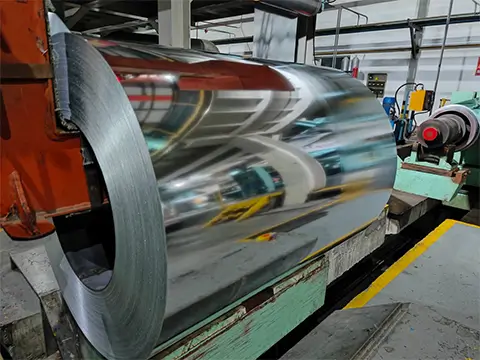
Silver Stainless Steel
| Chinese Standard | Japanese Standard | American Standard | British Standard | German Standard | French Standard |
| GB1220-92GB3280-92 | JIS | AISIUNS | BS970BS1449 | DIN17440 DIN17224 | NFA35-575NFA35-576 |
| 1Cr13 | SUS410 | 410 | 410S21 | X7Cr13 | Z6C13 |
| 2Cr13 | SUS420J1 | 420J1 | 420S29 | X20Cr13 | Z20C13 |
| 0Cr18Ni9 | SUS304 | 304 | 304S15 | X5CrNi189 | Z6CN18.09 |
| 00Cr19Ni10 | SUS304L | 304L | 304S12 | X2CrNi189 | Z2CN18.09 |
| 0Cr17Ni12Mo2 | SUS316 | 316 | 316S16 | X5CrNiMo1812 | Z6CND17.12 |
| 00Cr17Ni14Mo2 | SUS316L | 316L | 316S12 | X2CrNiMo1812 | Z2CND17.12 |
| 0Cr18Ni11Ti | SUS321 | 321 | X10CrNiTi189 | Z6CNT18.10 | |
| 0Cr18Ni11Nb | SUS347 | 347 | 347S17 | X10CrNiNb189 | Z6CNNb18.10 |
For more information, please refer to: Stainless Steel Codes & Grades
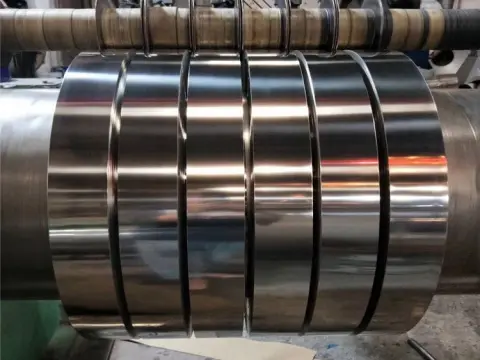
Flat Stainless Steel Precision Strips
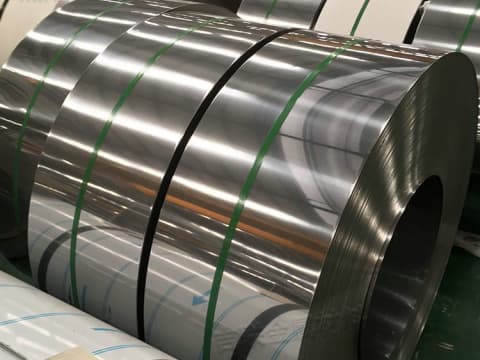
310 stainless steel strip 8K surface
Stainless steel is added to the chromium element to make stainless steel does not rust, in fact, stainless steel is on the basis of carbon steel added a certain amount of chromium element smelting made. Due to the influence of chromium, under the action of corrosive media, a strong and dense oxide film is generated on the surface of the steel to protect it from rust.
To achieve good corrosion resistance and mechanical properties, stainless steel contains chromium along with nickel, molybdenum, manganese or nitrogen. These alloying elements improve both the protective passive film and the steel’s strength, ductility and workability.
Although stainless steel has good corrosion resistance, it is still possible to rust and corrosion if you do not pay attention. The following are several ways to avoid stainless steel rust and corrosion:
1. Keep the surface clean: The surface of stainless steel is easily affected by dust, grease, moisture, and chemicals in the air, so it should be cleaned regularly, especially in humid, high-temperature, and corrosive gas environments.

Rust
2. Avoid mechanical wear: Scratches and wear on the surface of stainless steel may cause the iron in the steel to be exposed, which in turn causes rust and corrosion. Therefore, in the process of use, try to avoid mechanical wear, such as not wiping the stainless steel surface with hard materials.
3. Choose the right environment: Although stainless steel has good corrosion resistance, rust, and corrosion may still occur in some special environments, such as strong acids, strong alkalis, high chloride ions, and other environments. So choose the right environment to use stainless steel materials.
4. Prevent electrochemical corrosion: The electrochemical corrosion of stainless steel is caused by different chemicals and potentials on the surface of the material. To prevent this corrosion, stainless steel with a small potential difference can be used or cathodic protection can be added.
5. Choose the right stainless steel material: Different types of stainless steel have different corrosion resistance, so choose the right stainless steel material according to the specific use environment to ensure that it has good corrosion resistance and service life.

304 Coil Thickness Measurement
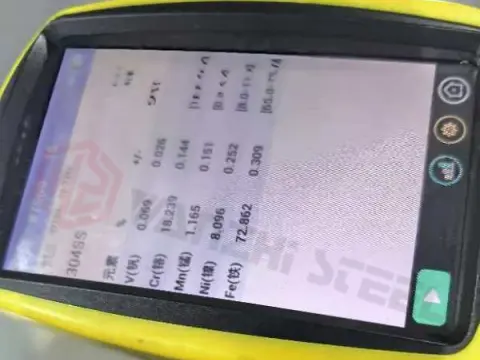
Cold Rolled SS Composition Test
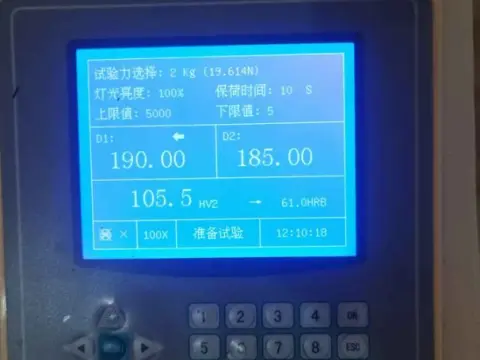
Mechanical properties test
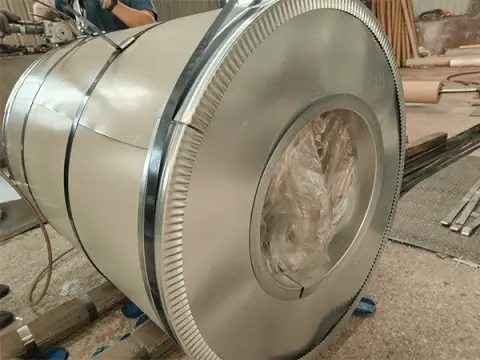
Wanzhi Steel GL&GI Coil Standard Packege
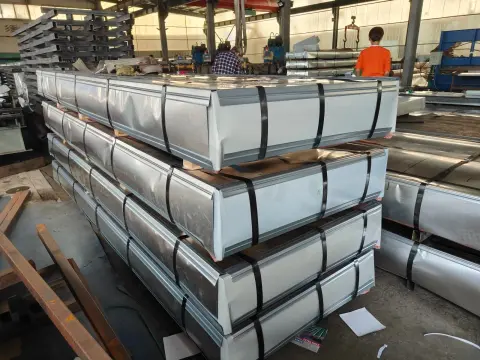
External Packaging of SS sheet
Stainless steel with its good corrosion resistance, heat resistance, low-temperature resistance, and other properties is widely used in tableware, household appliances, machinery manufacturing, building decoration, coal, petrochemical, and other fields. Regarding stainless steel products, we mainly produce and sell stainless steel rolls, stainless steel plates, and stainless steel belts.
Wanzhi Steel provides customers with a full range of pre-sales and after-sales services. If you have any questions about stainless steel, please feel free to contact us.





